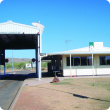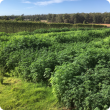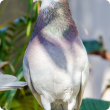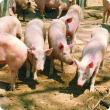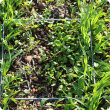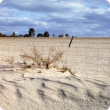Filter by regions:
- (-) Remove Gascoyne filter Gascoyne
- (-) Remove Great Southern filter Great Southern
- South West (559) Apply South West filter
- Mid West (536) Apply Mid West filter
- Peel (532) Apply Peel filter
- Goldfields-Esperance (496) Apply Goldfields-Esperance filter
- Wheatbelt (488) Apply Wheatbelt filter
- Kimberley (467) Apply Kimberley filter
- Pilbara (457) Apply Pilbara filter
- Perth regions (416) Apply Perth regions filter


